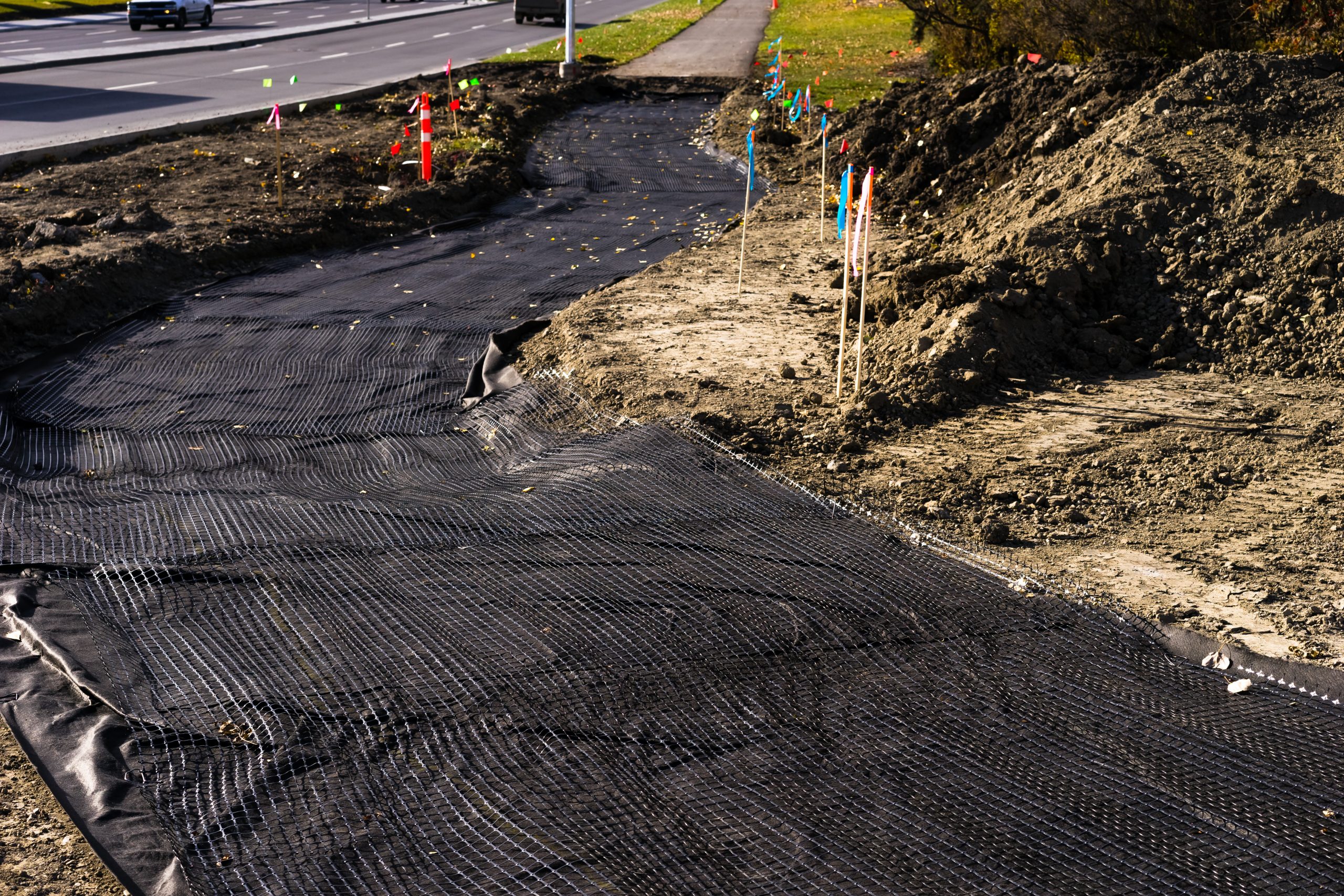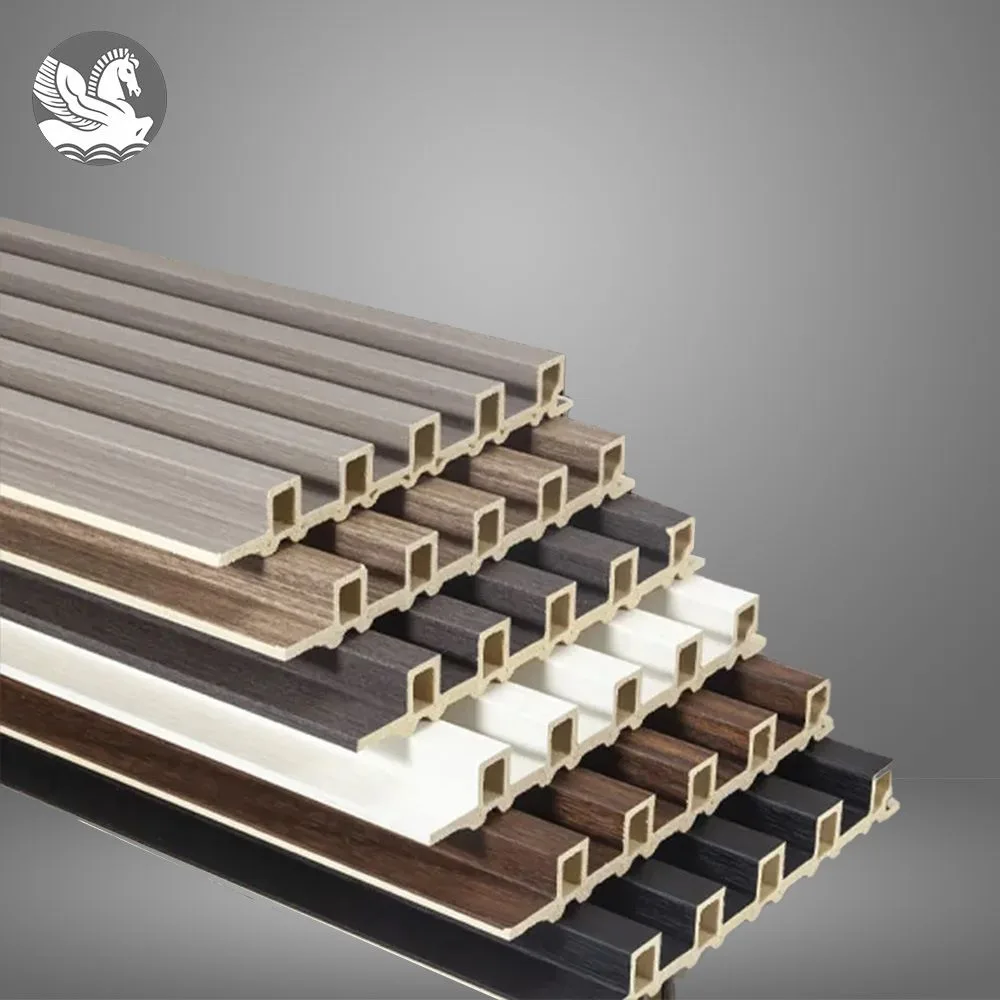Biohazard waste disposal bags, also known as biohazard bags or medical waste bags, are specially designed bags that are used to collect, transport, and dispose of biohazardous waste. Biohazardous waste is any waste that contains infectious materials, such as blood, bodily fluids, or tissues.
Biohazard waste disposal bags are typically made of heavy-duty materials, such as polyethylene or polypropylene. They are also leak-proof and puncture-resistant to prevent the spread of infectious materials. Biohazard waste disposal bags are typically red or yellow in color and have the biohazard symbol printed on them.
Applications of Biohazard bags disposal
Biohazard waste disposal bags are used in a variety of settings, including:
Hospitals and clinics
Laboratories
Dental offices
Veterinary clinics
Tattoo parlors
Nursing homes
Schools
Research facilities
Crime scenes
Biohazard cleanup companies
Types of biohazard waste disposal bags
There are a variety of different types of biohazard waste disposal bags available, depending on the specific needs of the user. Some common types of biohazard waste disposal bags include:
Red bags: Red bags are used for the disposal of regulated biohazardous waste, such as blood, bodily fluids, and tissues.
Yellow bags: Yellow bags are used for the disposal of non-regulated biohazardous waste, such as contaminated bedding and bandages.
Sharp containers: Sharp containers are used for the disposal of sharps, such as needles and syringes.
Autoclave bags: Autoclave bags are used for the disposal of biohazardous waste that will be autoclaved before disposal.
Disposal of Medical Waste bags
Biohazardous waste must be disposed of properly to prevent the spread of infectious diseases. The specific disposal requirements for biohazardous waste will vary depending on the type of waste and the local regulations. However, in general, biohazardous waste should be disposed of in a licensed medical waste incinerator or landfill.
Conclusion
Biohazard waste disposal bags are an important tool for preventing the spread of infectious diseases. They are used in a variety of settings to collect, transport, and dispose of biohazardous waste. When choosing a biohazard waste disposal bag, it is important to select the appropriate type of bag for the specific needs of the user. It is also important to dispose of biohazardous waste properly to prevent the spread of disease.




.jpg)

.png)